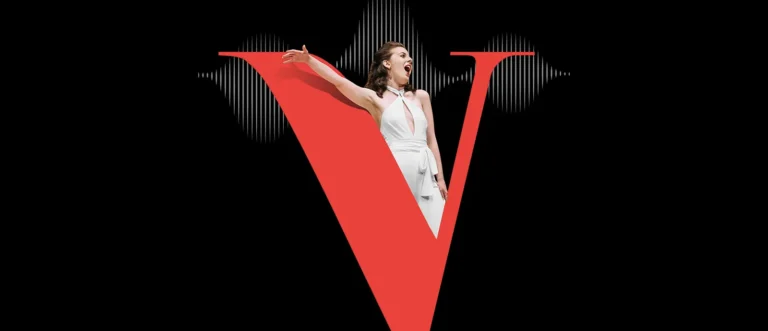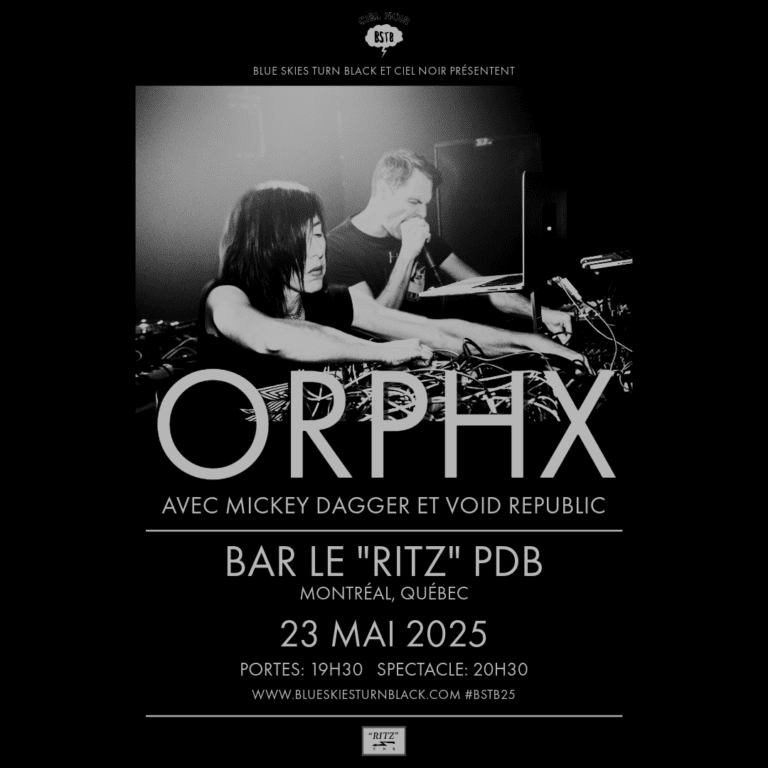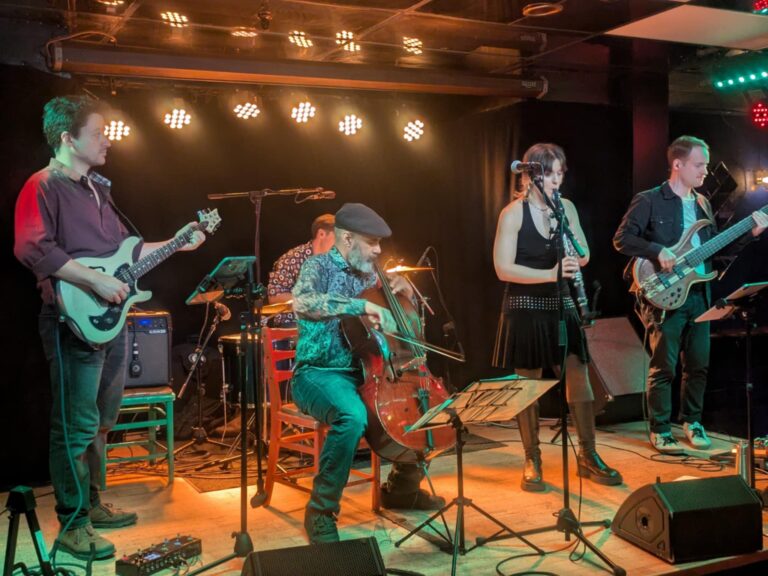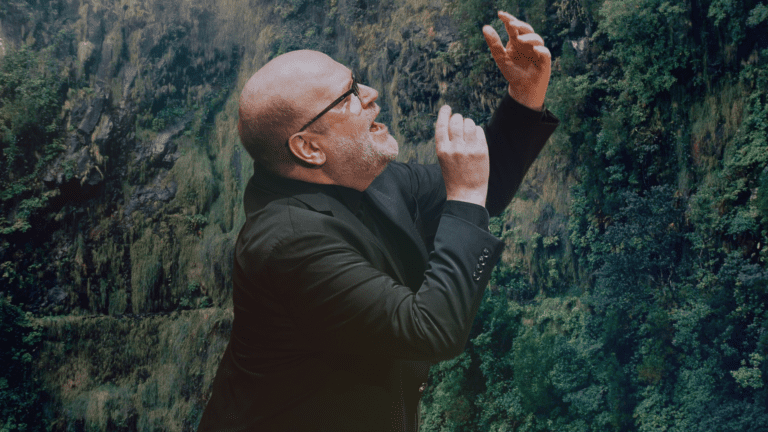L’heure est venue pour les cinq finalistes sélectionnés à la demi-finale par le prestigieux jury du CMIM de se mesurer à leurs pairs.
À cette étape cruciale du Concours, les chanteurs et chanteuses doivent démontrer toute l’étendue de leur technique et de leur expressivité à travers un programme d’une durée maximale de 18 minutes incluant trois airs extraits d’opéras ou d’œuvres orchestrales, interprétés dans au moins deux langues différentes.
Pour cette ultime épreuve, les finalistes ont le privilège de se produire aux côtés de l’Orchestre symphonique de Montréal (OSM), l’orchestre officiel du CMIM, sous la direction du renommé chef d’orchestre Patrick Summers. Ce moment décisif culminera en fin de soirée avec l’annonce des lauréats et des gagnants des prix spéciaux lors de la cérémonie de clôture.
Qui remportera le prestigieux titre de grand lauréat ou grande lauréate de Voix 2025? Venez encourager vos favoris et vivre en direct, depuis Montréal, l’émergence de futures célébrités internationales!
The time has come for the five finalists selected by the prestigious CMIM international jury during the semifinal to distinguish themselves from their peers.
At this crucial final stage of the competition, singers must demonstrate the full extent of their technique and expressiveness in a program lasting no more than 18 minutes, including three arias drawn from the opera or orchestral repertoire and performed in at least two different languages.
For this final round, the five finalists have the privilege of performing alongside the Orchestre symphonique de Montréal (OSM), under the direction of renowned conductor Patrick Summers. This decisive moment will culminate at the end of the evening with the announcement of the laureates and the winners of the special prizes at the closing ceremony.
Who will win the prestigious title of Grand Laureate of Voice 2025? Come and cheer on your favourites and experience the emergence of future international stars live from Montreal! Don’t miss this exceptional event.
POUR ACHETER VOTRE BILLET, C’EST ICI!
Ce contenu provient de Place des Arts et est adapté par PAN M 360











